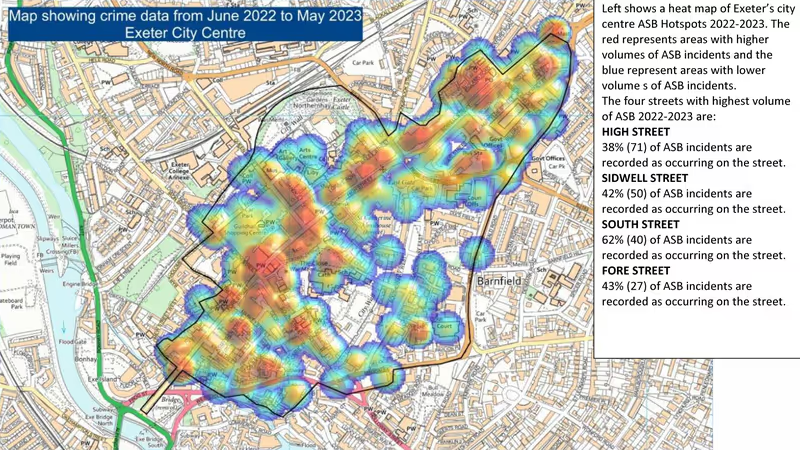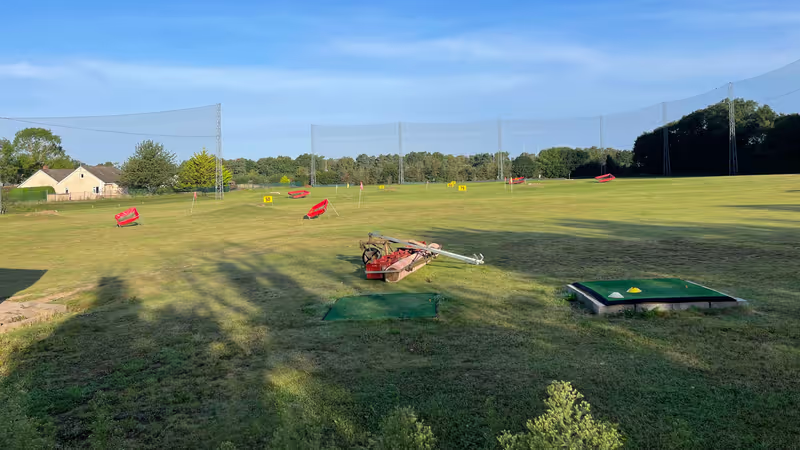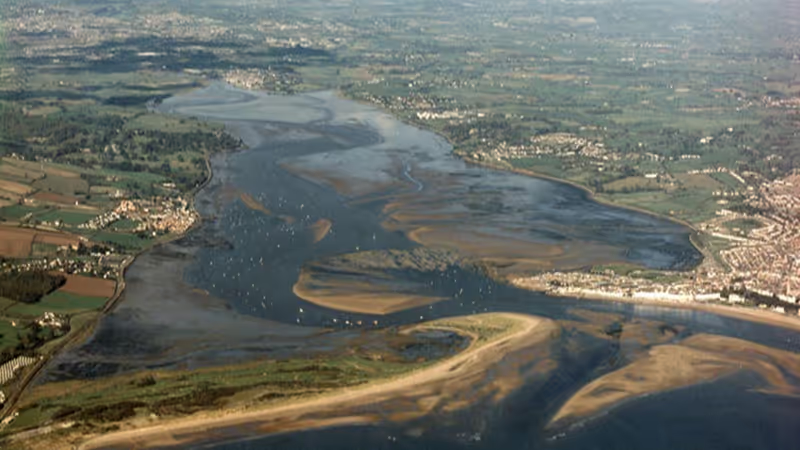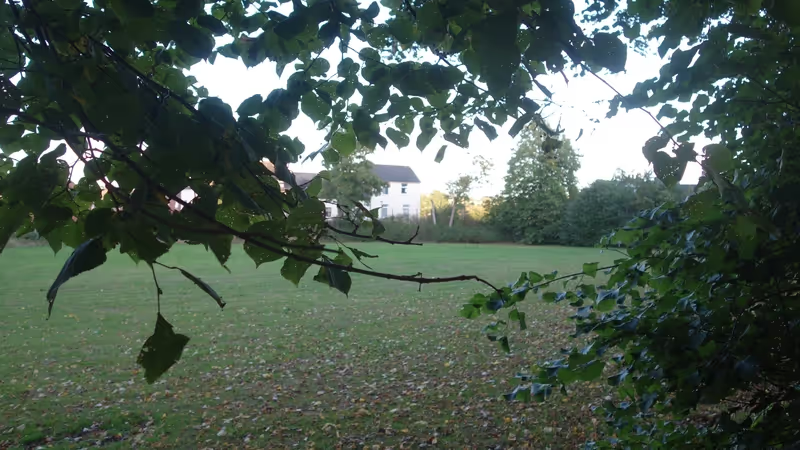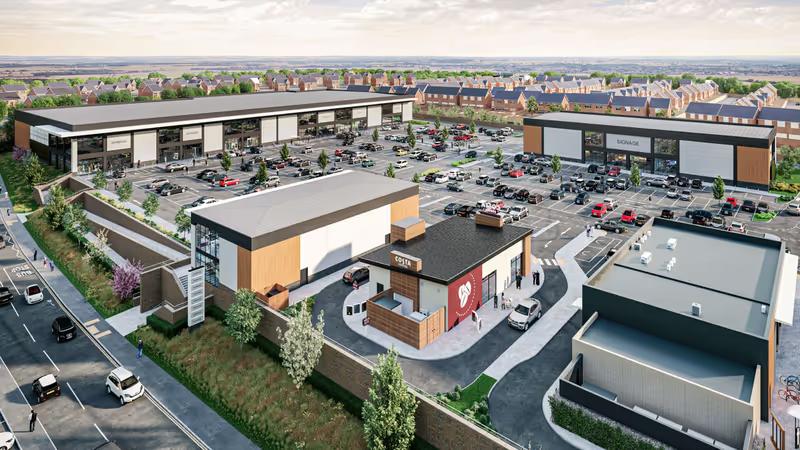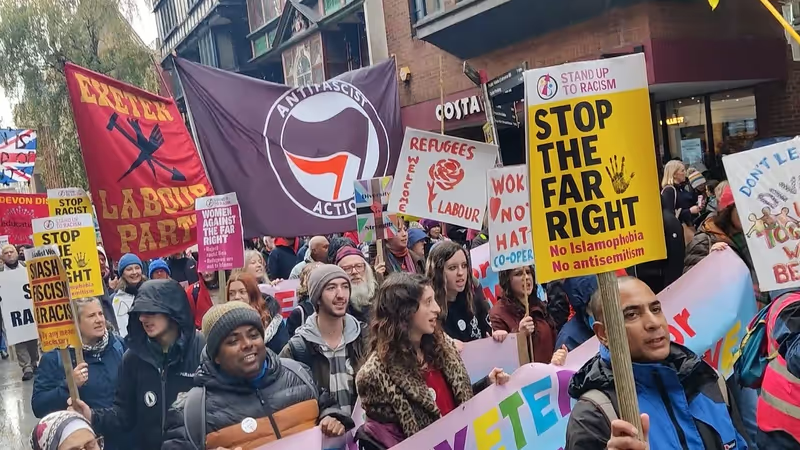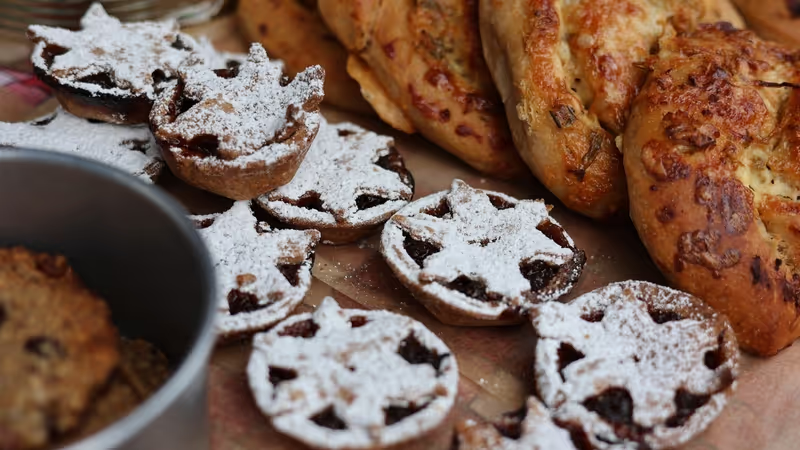Attendance at public council meetings, including committees, is not the only measure of councillor commitment: other meetings held behind closed doors and residents’ casework can take up much of a councillor’s time.
Nevertheless it is at public meetings that council decisions are taken, at least formally, so councillor attendance at such meetings is an important measure of commitment to their electors alongside their less public activities, and is essential to the council’s democratic legitimacy.
Exeter City Council publishes retrospective meeting attendance records for those of its committees which report their proceedings. (Several do not despite the Information Commissioner’s guidance.) These show how many meetings councillors were expected to attend and how many of those they did attend.
We have examined the attendance figures for public city council meetings held between 16 May last year, the day before the annual council meeting when councillors are appointed to committees, and 25 April this year, the day after the last public meeting before this year’s local elections. (Our 2021-22 attendance analysis is here.)
We have assessed attendance rates – the number of meetings attended as a proportion of expected attendances – for individual councillors, by political party and by electoral ward.
Councillors are likely to miss a meeting through ill-health or family demands from time to time, so a couple of points either way in the attendance rates should not be seen as significant.
It is where a pattern of attendance or non-attendance is evident that it is possible to infer councillor commitment to discharging democratic responsibilities by participating in formal council meetings.
Six councillors, representing all four political parties, managed 100% attendance records. Labour’s Phil Bialyk, Barbara Denning and Martin Pearce (all Executive members), the Green Party’s Diana Moore, Liberal Democrat Michael Mitchell and Conservative Peter Holland.
Michael Mitchell had the highest public meetings workload in this top group, attending 28 meetings during the past twelve months. He was closely followed by Peter Holland on 27 and Diana Moore and Phil Bialyk, the council leader, both on 26.
Martin Pearce attended 23 meetings and Barbara Denning nineteen.
Yolanda Henson, the Lord Mayor, attended all nine full council meetings she was expected to chair. Because the Lord Mayor does not sit on committees she has been excluded from subsequent analysis.
At the other end of the scale, councillors who attended fewer than 70% of the meetings at which they were expected include Labour’s Bob Foale and Trish Oliver, Independent Jemima Moore and – in botom place with a 57.7% attendance rate – the Conservatives’ former leader Andrew Leadbetter.
Andrew Leadbetter also sits in the county council cabinet from where he oversees children’s services, and so faces some serious challenges. Whether his city council electors in Topsham consider his county council responsibilities a fair excuse for his low levels of participation in city affairs is not something we shall discover until May next year when his current term ends.
Attendance rates by political party – excluding the two independents, who are not aligned with one another – are calculated as the sum total attendances of all councillors in each of the four parties as a percentage of expected attendances.
The Liberal Democrats and the Greens come out on top with respective attendance rates of 96.2% and 93.5%. Labour, with by far the largest number of councillors, scored 85.7%.
The Conservatives put in a poor performance in aggregate with a collective attendance rate of 81.6% that was dragged down by a low turnout from Andrew Leadbetter and Rob Newby, who is standing for re-election next week in Topsham.
Assessing attendance rates by ward clearly shows that some parts of the city are better-represented than others.
These rates present the sum of the attendances of the three councillors in each of the city’s thirteen electoral wards as a percentage of expected attendances.
The residents of Duryard & St James received the best representation at public meetings in 2022-23 from their two Liberal Democrat and one Labour councillor, who together attended 97.3% of the 75 public meetings at which they were expected.
The three Greens who represent St David’s came a close second with a collective attendance rate of 96.9% of 65 meetings and St Loye’s two Conservatives came third by attending 96.6% of their 58 public meetings (excluding the Lord Mayor’s attendance at nine full council meetings).
The worst represented electoral wards in the past twelve months were Newtown & St Leonard’s, which has two Labour and one Independent councillor who together attended 76.7% of their 73 meetings, and Topsham, whose two Conservative and one Labour councillor together made it to 76.2% of their 84 meetings despite Labour’s Joshua Ellis-Jones’ personal attendance rate of 96.4%.
Alphington received the wooden spoon. Its three Labour councillors, Bob Foale, Steve Warwick and Yvonne Atkinson, who is standing for re-election next week, together attended only 71.8% of the 71 public meetings at which they were expected.
EDITOR’S NOTE
Following publication of this article, Trish Oliver wrote to explain that she had not attended several council meetings at which she was expected in order to protect a member of her family who is immunocompromised and so at higher risk of serious illness from COVID-19 infection despite vaccination.
She also mentioned the Forgotten Lives campaign that advocates for the protection of people in this position and support for those who are shielding them.
As the council does not record the reasons for councillor absence from meetings it is not possible to verify the reasons for the absences of the 33 councillors who did not attend all the meetings at which they were expected during the year.
Given the legitimacy of health- or family-related reasons for absence, it appears that the council could consider recording reasons for councillor absence from meetings in its attendance data.
We have written to the director responsible for council democratic services to raise this issue.
